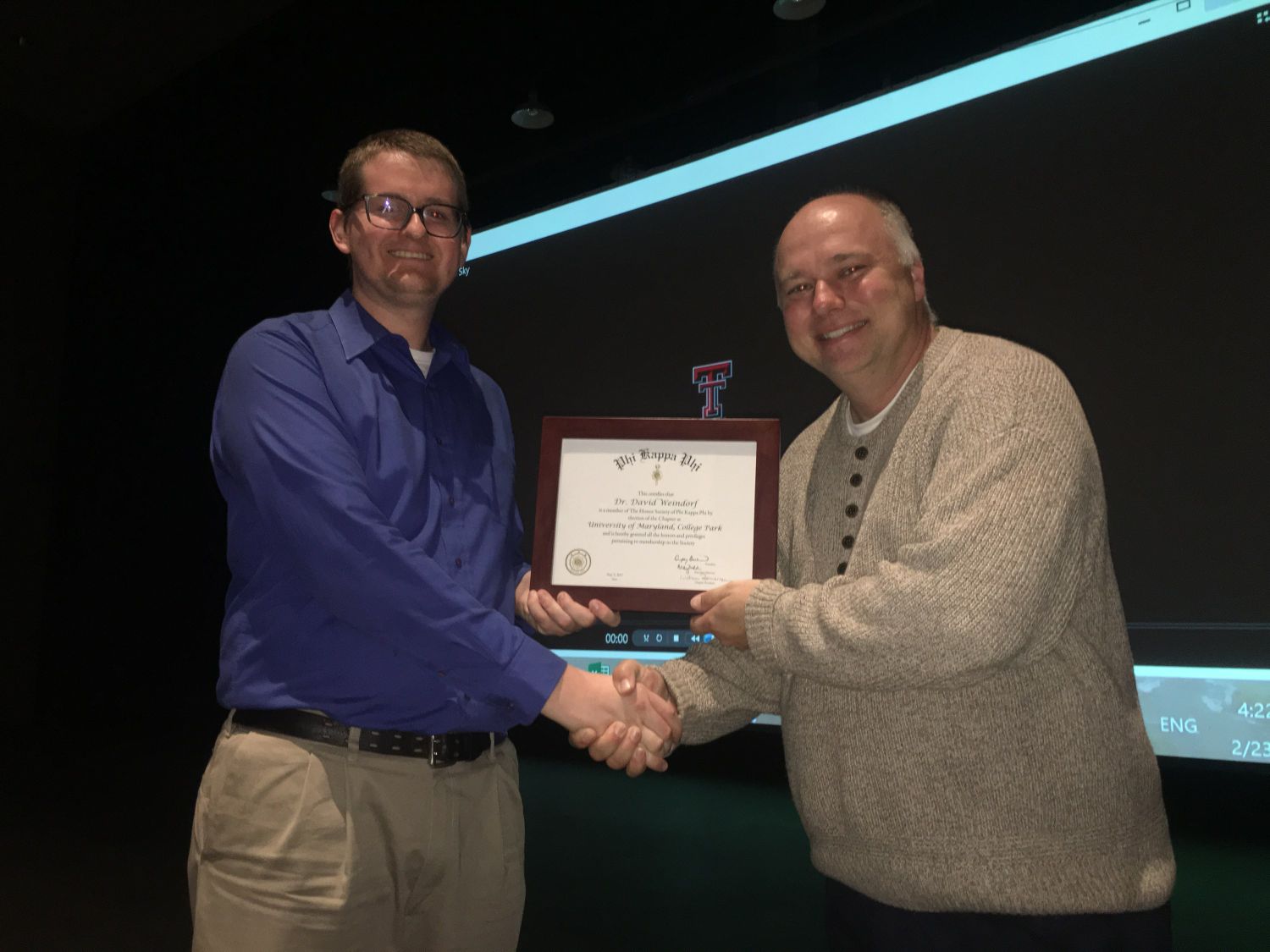By Brad Dress
For The Diamondback
University of Maryland students learned about the effects of climate change on a small Alaskan village during a documentary screening Friday.
The film, titled, “Between Earth and Sky: Climate Change on the Last Frontier,” focused on villagers of Shishmaref, a village on an island located off the northern coast of Alaska. Through the lens of soil science, the documentary explores how its residents’ lives have been disrupted by the changes in the Earth’s climate.
The screening was sponsored by this university’s chapter of Phi Kappa Phi, a national honors society, as well as this university’s environmental science and technology department and computer, mathematical, and natural sciences college. Barrett Wessel, an environmental science and technology doctoral candidate, spearheaded the event. Wessel serves as the organization’s student president.
The film emphasized the dire situation of these natives, stating the current generation of children on the island will be the last to live there. The cost to relocate these natives would be billions, according to the film, and the people are unsure of their fate.
David Weindorf, a plant and soil research scientist at Texas Tech University and the executive producer of the film, said many Americans are unaware of climate changes effects on Alaska.
“I guarantee if the types of issues experienced in Alaska were going on in Washington, D.C., or Miami Beach … places like that, people would be freaking out,” Weindorf said. “These people are out there in the middle of nowhere, with hardly any contact with anyone and they feel forgotten … and they are American citizens.”
The film highlighted rising sea levels, as well as the effects of warming layers of permafrost in the region. Alaskan permafrost, or frozen soil, stores nearly 20 percent of the world’s carbon, according to the film. As temperatures warm up, this carbon shoots into the atmosphere, Weindorf said, which “accelerates the process of global climate change.”
The documentary debuted last March at the Environmental Film Festival in D.C. as the first film to analyze climate change through the field of pedology, or soil science, Weindorf said. Since its premiere, the film has been shown at universities across the country.
Freshman Ramsay Hafer, a biology major, said seeing the natives personal plight was the most moving part of the film.
“In the beginning of the movie, they were talking about how he was digging snow with his dad like 20 years ago, and now they can never do that anymore,” Hafer said. “It’s like a personal account [and] it’s really touching.”
Nathan Sedghi, an environmental science and technology doctoral candidate, echoed Hafer’s concerns, adding more people should see what is happening in Alaska.
“These are all anecdotes, but they combine to tell a really powerful story,” Sedghi said. “It’s one thing to have just data and predictions for models than to actually see people who are living through it.”
Leo Notto, an environmental science and technology graduate student, said he understands climate change affects everyone and more people need to take action.
“It motivates me to voice what I’m learning in class to everyone,” Notto said. “It’s my responsibility as an environmental science student to share the facts that I am learning [and] save the world.”
At the end of the screening, there was a short question and answer session with Weindorf. During this discussion he encouraged students to do anything they can to help save the environment, suggesting less driving, turning off lights and more activism.
“Last year, the political decision was made to withdraw the United States from the [Paris Climate] treaty,” Weindorf said. “Why did we do that? That’s a question the people of the United States have to answer to.”



